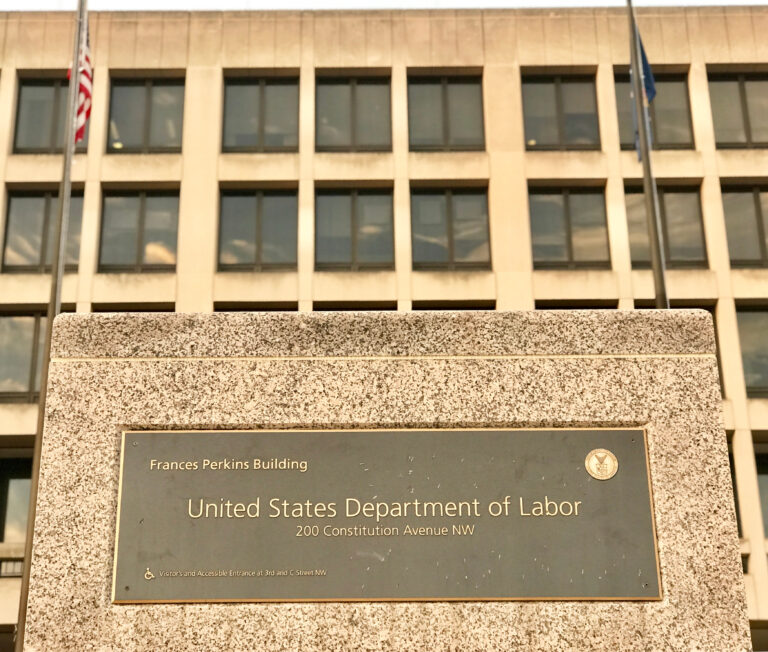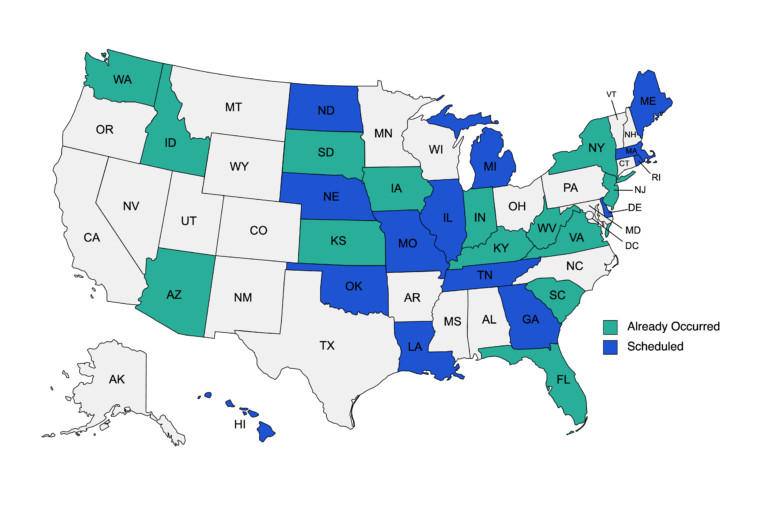When the pandemic knocked the global economy off its axis, dislocated workers turned to gig jobs to pay the bills, supplementing – or replacing – lost income through part-time work, including platforms like Lyft, Uber, Instacart, and Doordash.
This came as no surprise to labor market experts.
In fact, a 2019 JPMorgan Chase Institute study showed that workers tended to use online platform work to “smooth” their income when they lost hours from traditional employment or lost their jobs. In recognition – and anticipation – of that shift, policymakers authorized emergency changes to Unemployment Insurance and other benefits with the goal of expanding access, and easing the application burden, for workers without W-2s.
The pandemic recession is now a memory. And despite some recent signs of slack creeping in, the labor market is strong. But there are indications that informal “gig” work never returned to pre-pandemic levels.
As early as June 2022, the fintech platform Steady published data suggesting that, among the 6 million workers that use their platform to track income across multiple sources, as many as 31 percent more workers were earning money from 1099 and gig work than in January 2020.
We’re now seeing even more evidence that the number of gig workers has been underestimated.
According to a paper presented this fall by Anat Bracha of Hebrew University Business School and Mary A. Burke of the Federal Reserve Bank of Boston, “official employment statistics, including those based on the Current Population Survey (CPS),” may “distort” or fail to “fully capture” informal, or “gig,” work.
Even in a tighter labor market, their research suggests that millions more people are earning income through informal or gig activities than the numbers counted by governments.
The prevalence of nonstandard work may help to explain the ongoing puzzle of so-called “missing workers.” Despite other promising economic signals, labor force participation is lower than many economic analysts and policymakers would like in an era of very tight labor markets. Bracha and Burke’s work suggests that some of these workers may not be “missing” after all. They’re just not being captured in employment data.
These findings could have big implications for employers and policymakers, “pointing to a hidden labor supply that could be tapped by traditional employers.” They could also help to inform our understanding of employment outcomes associated with educational pathways and credentials, and a host of other dynamics that are coming to define today’s world of work.




